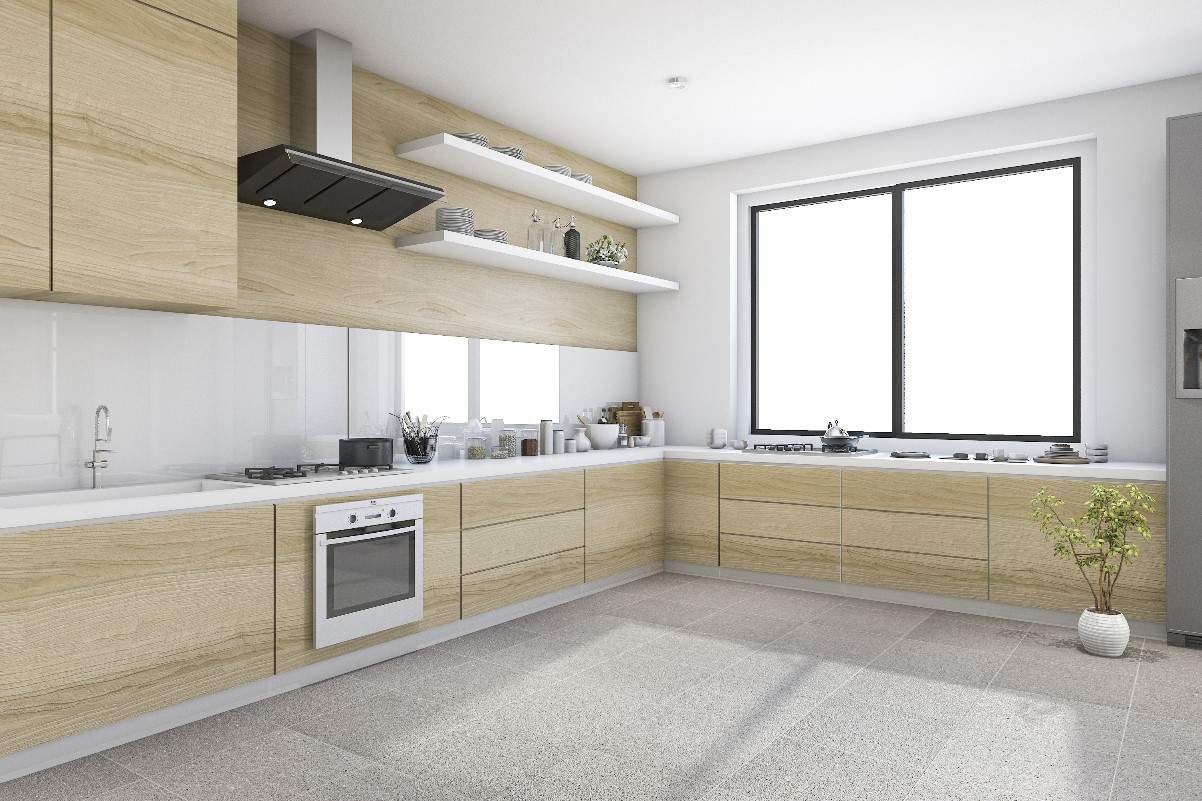
Sponsored article
On the one hand, laying tile is easier than you might think, but on the other hand, there are a number of rules to follow to avoid mistakes. If you follow our advice, you won’t have to worry about a thing and you’ll be able to enjoy perfectly even floors in your bathroom or kitchen.
Even before you start renovating, it is easy to make the first mistakes. When you buy tiles for your kitchen or bathroom, you need to plan the layout of the tiles in the room beforehand. Be sure to use a spirit level! Accurate calculations will allow you to predict possible losses. Remember to always buy at least 10-15% more material than you theoretically need. It is better to anticipate possible losses and have spare tiles on standby in case you need to replace them, rather than frantically searching for the same tiles in all the DIY stores in the area.
It is extremely important to get rid of everything that will reduce the adhesion of the adhesive mortar. This includes dust, carpet adhesive residue, oil and paint residue. Only when the surface is clean, you can get down to the next stage of tiling. When it comes to bathroom tiles installed on the wall, it is a good idea to fill in the defects on the walls with plaster or levelling mortar beforehand
Although this is a relatively simple task, haste can be the biggest enemy here. If you mix the mortar inaccurately, by eye or from memory, success is almost certain. Be sure to follow the manufacturer’s instructions and determine the specific proportions of water and dry adhesive mortar based on those instructions. If you disregard the information on the label, you will end up with a product with far inferior properties
Before laying the tiles, it is a good idea to mix the adhesive again, so that it becomes homogeneous again. What is worth remembering at this stage? The most important thing is to use the right amount of adhesive. In this case, more is not necessarily better. Likewise, too little mortar will not end well for your floor. Over time, water will get into the voids, and then all the work will be in vain. Also, pay attention to applying the adhesive evenly. Both of these issues are especially important due to the nature of the rooms in which they are being laid. Floor tiles in the bathroom or kitchen are exposed to a lot of moisture, and often to direct contact with water.
Use the lines that you have previously established and tile the first tiles according to them. It is important to use spacers to make sure that the tiles are evenly spaced. Remember to remove any excess glue as you go along, as this can prove to be very problematic later on. Tiling is also the perfect time to make minor adjustments. If you notice that one of the tiles is sticking out, reach for a rubber mallet and use it to gently adjust it into place
Once you have each tile in place and you’re happy with the result, it’s time for grouting. If you want an aesthetically pleasing finish, pay close attention to the grout lot number. In order for it to have a uniform color, it must be the same. Equally important is the proportion of water to mortar – it has to be exactly measured.
Regardless of whether you are laying the tiles yourself or commissioning a renovation crew, you cannot save on money or time. Renovation is an investment for years, and if you rush today and do everything “on the cheap”, you will quickly feel the consequences of your decision